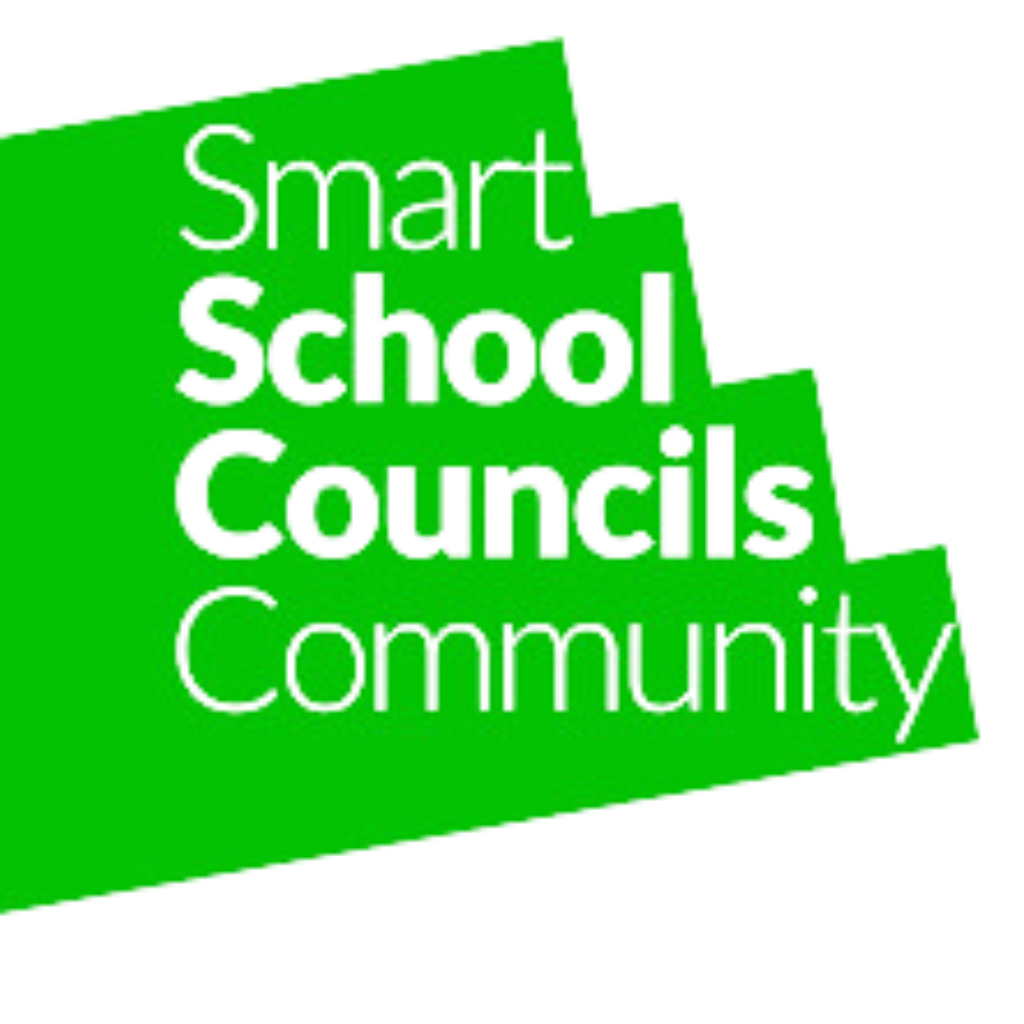Understanding the Difference Between a Student Council and Class Council
When it comes to promoting student voice and participation, many schools use class council meetings which then feedback to the main school council.
A student council is typically made up of elected representatives from different year groups or classes who meet to discuss school-wide issues, plan events, and provide feedback to school leaders. On the other hand, a class council is a smaller, more focused group of students who meet regularly to discuss issues specific to their class.
The big issue with the class councils is feedback and structure. It’s sometimes hard to remember what to say, especially if you’re very young. Or you’re not very confident. Also, it often involves paper to feedback to the main school council.
The Smart School Council model offers a more inclusive approach, allowing every class to use our platform to hold short, student-led meetings without the need for paper or preparation.
By giving every student a voice in the classroom and the wider school community, schools can foster a culture of participation and collaboration. Students can develop important skills such as communication, leadership, and problem-solving, while also feeling valued and heard.

